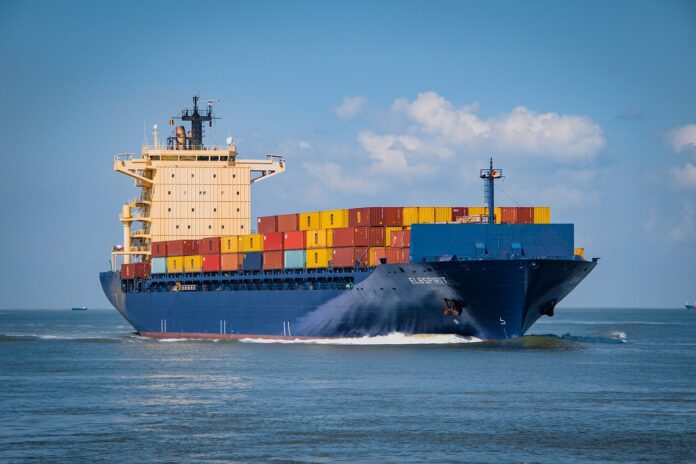Talking Transportation
By Jim Cameron
President
CAMERON COMMUNICATIONS INC
Author: “Off The Record: Confessions of a Media Consultant“
What do 15,000 sheep, 7000 US sailors, that order for your new patio furniture, and your recent “TEMU haul” have in common? They’re all affected by the shipping bottleneck in the Red Sea caused by the Houthis.
You may not know or care about the Yemen-based Sunni Islamist Houthis, but their attacks on shipping on its way to and from the Suez Canal are affecting your life and pocketbook.
As they attempt to control the 14-mile wide seaway known as the Bab el-Mandeb (also known, appropriately, as “The Gate of Grief”), the Houthis have recently fired ballistic missiles and drones at 45 ships, including US warships.

Iranian Missiles: Source Wikipedia
So dangerous has become this passage, traversed by 15% of global shipping worth $1 trillion a year, that container-ship owners are now diverting their vessels around the tip of Africa, adding 3-4 weeks of sailing time from China to Europe and adding almost $1 million to each vessel’s shipping costs.
It used to cost $2500 to ship one container from China to the US East coast. Now it costs $6500. Maritime insurance rates have also soared. But worst of all, the added delivery delays mean there are about six million shipping containers tied up at sea that should have been emptied and sent back from the next load.
Remember those 15,000 sheep I mentioned? They were on a ship that sailed from Australia on January 5th, headed for Israel. But, unable to get through the Suez canal, the vessel turned back after a month at sea with the animals sweltering in a heatwave.
While you can switch from shipping by sea to air freight for some cargos, the price difference can be substantial. Containers on ships pay a flat rate, regardless of weight. But air freight costs about $2 per pound.
China’s answer to Amazon, TEMU, ships about 4000 tons of stuff each day, enough to fill 40 777 jet freighters. TEMU had converted from air freight to shipping by sea last fall, but TEMU is now back in the skies to keep deliveries to about a week instead of a month.
There’s a coalition of 20 nations (10 of them helping anonymously) that is trying to keep the Red Sea open to shipping though most of the work is being done by the US Navy. The task force is known as “Operation Prosperity Guardian” which explains the mission well.
Until recently the Houthis had only targeted Israeli ships, but more recently they’ve gone after French, Chinese and EU-owned vessels… and the US Navy.
The Houthi’s Iranian-supplied drones have a range of 1100 miles and their ballistic missiles come at their targets at 3000 mph. This is the first time in history that anti-ship missiles have been fired in conflict.
So far the Navy has fired about $400 million worth of defensive missiles to stop the attacks, one of which was halted about one minute before it would have hit a US destroyer.
Logistics expert Michael Giambrone from the OEC Group says shipping delays may get worse. “It’s not a question of if but when” a US Navy ship is hit by a missile, he told me.
When American lives are lost on this mission, watch out. You do remember the Gulf of Tonkin, I hope.
Jim Cameron is founder of the Commuter Action Group and advocates for Connecticut rail riders. His weekly column “Talking Transportation” is archived here. You can contact Jim at [email protected].”

